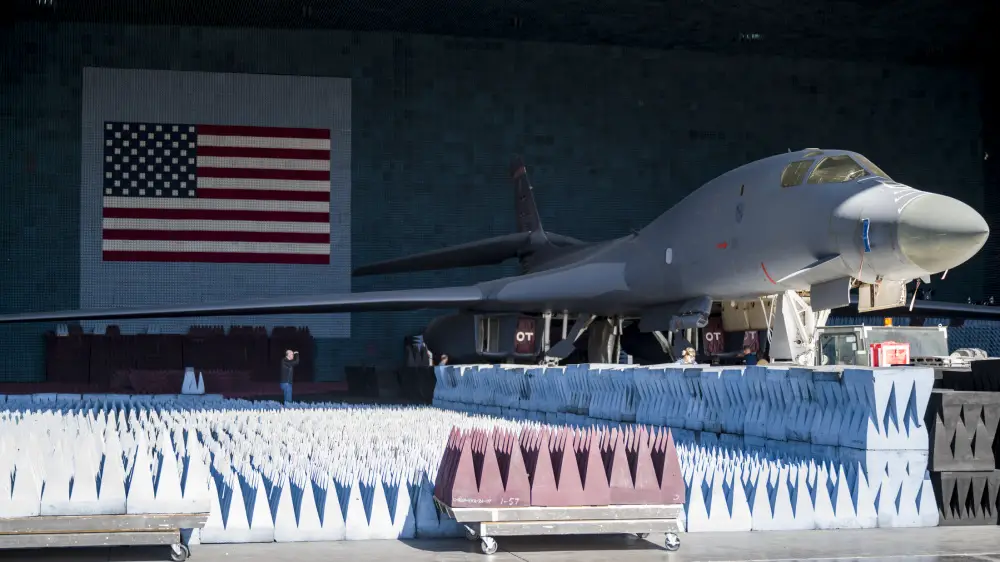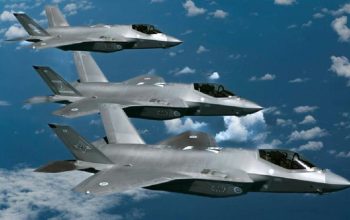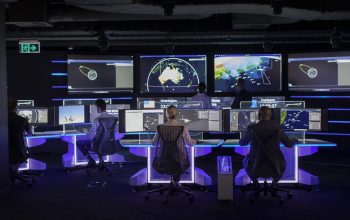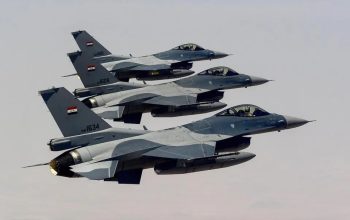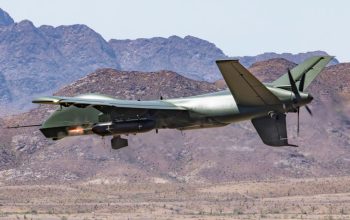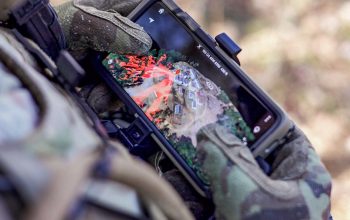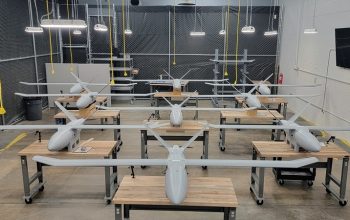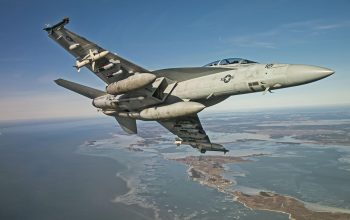A B-1B Lancer was rolled into the Benefield Anechoic Facility (BAF) at Edwards Air Force Base, California, on May 20. The aircraft will undergo testing of a portion of the B-1B Defensive Software suite, Pre-processor Flight Software (PFS) 6.42. The aircraft used for the test is a B-1B Lancer from the 337th Test and Evaluation Squadron, 53rd Wing, out of Dyess Air Force Base, Texas. It will be in the BAF for approximately two weeks. The PFS electromagnetic warfare engineers rely on the BAF, which is the largest anechoic facility in the world.
“We’re going to look at the AN/ALQ-161A and its response to various threat signals. PFS 6.42 is the latest block-cycle upgrade in the B-1B’s defensive system suite of software that utilizes the AN/ALQ-161A to protect the B-1 and aircrew. It employs approximately 108 line-replaceable units in an integrated architecture to automatically detect, identify, prioritize, and jam hostile radars in a dense electromagnetic environment,” said Capt. Shawn Whitney, who serves as the B-1B PFS 6.42 project test lead for the Global Power Bomber (GPB) Combined Test Force (CTF).
“These systems allow our aircraft to see any enemy threats on the ground or in the sky to ensure we can respond appropriately and avoid threats where possible,” said 1st Lt. Kevin Lasquete, BAF project lead engineer, 772nd Test Squadron, 412th EWG.
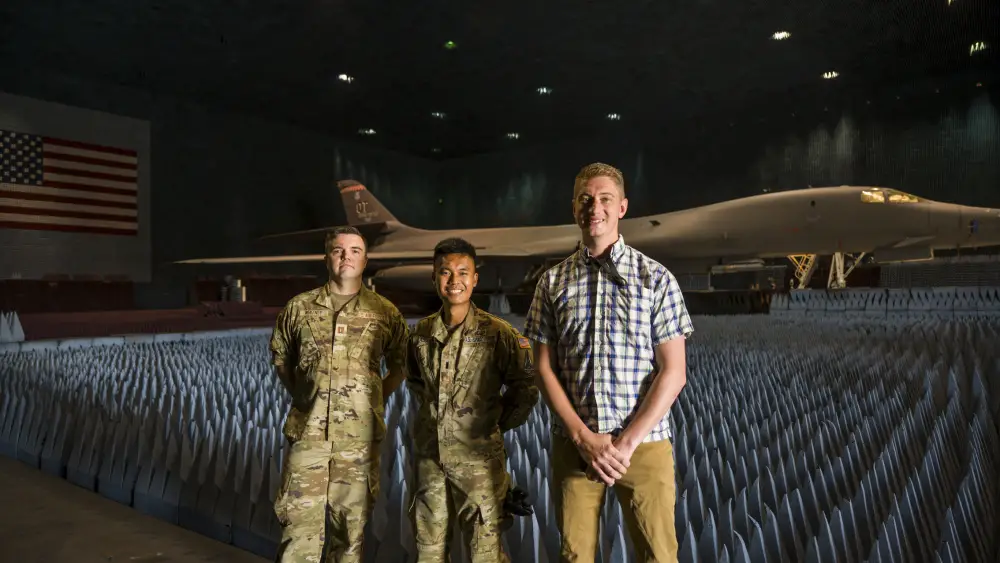
The BAF provides us with several benefits compared to flight test. The first one is cost; it keeps U.S. Air Force down on the ground so we can test continuously for longer periods and look at more capabilities, without the added expense of flying the airplane. The second one is a much cleaner RF (radio frequency) environment so we can look at the specific signals and ensure the correct B-1 response. Testing inside the BAF is crucial for the Lancer, as it employs a host of electronic warfare systems to increase survivability. The test proves increased survivability of the B-1.
The BAF functions as an indoor test range employing thousands of pieces of RAM (radiation absorbent material) placed on all four walls, ceiling and floor of the chamber to create the desired test environment. The BAF was originally designed to support initial B-1 electromagnetic testing in the 1980’s and is named after B-1 test pilot Doug Benefield, who tragically died on a B-1A test flight in 1984. The work that continues to today ensures aircrafts’ electronic warfare capability and survivability.
Testing is conducted by the GPB CTF with support from the BAF and the B-1 test community. Results from the test will be forwarded to the B-1B System Program Office, then to Air Force Global Strike Command to recommend fielding of validated PFS 6.42 software and hardware additions which will provide the B-1B with increased capability to identify and counter a larger number of threats for the Warfighter.
